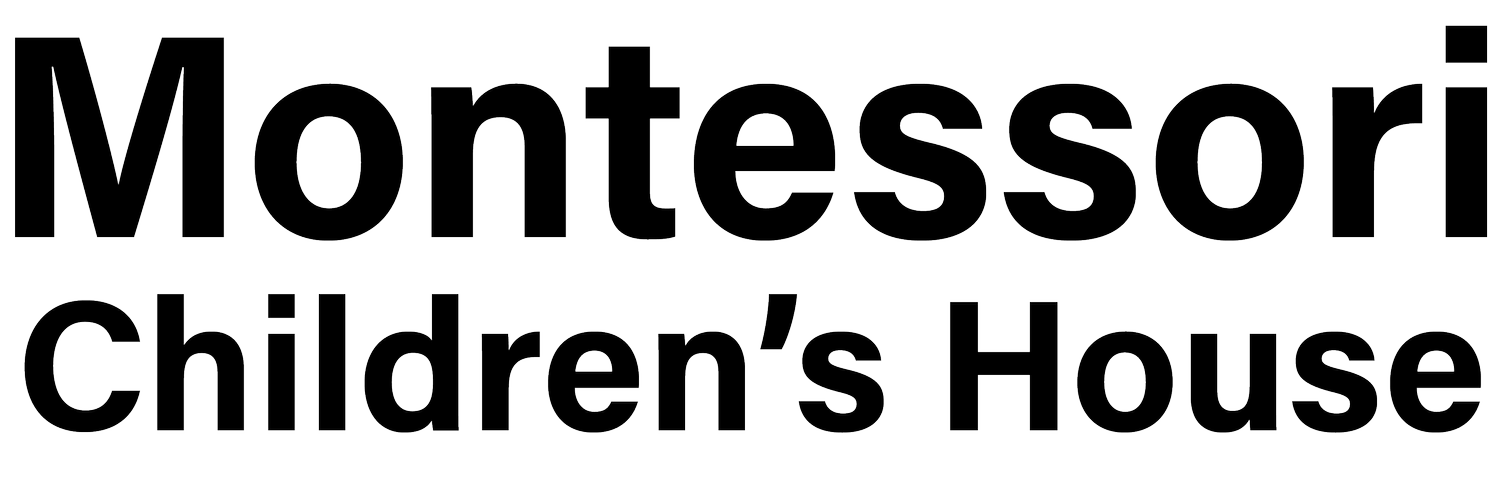
Compare Montessori Education
Research has shown that the best predictor of future success is a positive sense of self-esteem. Montessori programs, based on self-directed, noncompetitive activities, help children develop strong self-images and confidence to face challenges and change with optimism.
Montessori emphasizes learning through all five senses, not just through listening, watching, or reading. Children in Montessori classes learn at their own, individual pace and according to their own choice of activities from hundreds of possibilities. Learning is an exciting process of discovery, leading to concentration, motivation, self-discipline, and a love of learning. Montessori classes place children in three-year age groups, forming communities in which the older children spontaneously share their knowledge with the younger ones. Montessori represents an entirely different approach to education. A convenient comparison chart for the Montessori approach versus traditional education is available below.Montessori Environment
Prepared kinesthetic materials with incorporated control of error, specially developed reference materials
Working and learning matched to the social development of the child
Unified, internationally developed curriculum
Integrated subjects and learning based on developmental psychology
Uninterrupted work cycles
Multi-age classrooms
Students active, talking, with periods of spontaneous quiet, freedom to move
School meets needs of students
Special help comes to studentsProcess-focused assessment, skills checklists, mastery benchmarks
Traditional Classroom
Textbooks, pencil and paper, worksheets and dittosWorking and learning without emphasis on social developmentNarrow, unit-driven curriculumIndividual subjectsBlock time, period lessonsSingle-graded classroomsStudents passive, quiet, in deskStudents fit mold of schoolStudents leave for special helpProduct-focused report cards

